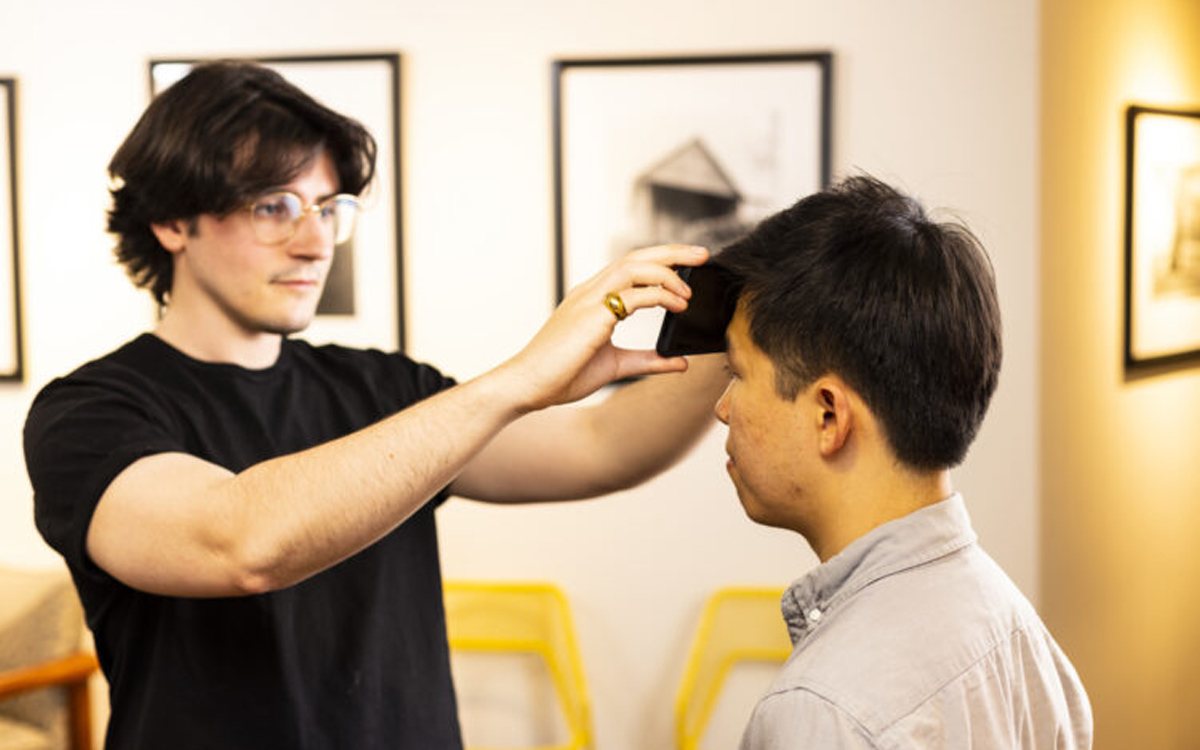Researchers at the University of Washington have developed an application capable of taking the temperature of its user. A simple pressure of a few seconds on the patient’s forehead is enough to determine whether or not the latter has signs of fever. To do this, the application uses the heat sensors of the smartphone.
In recent years, manufacturers seem to make a point of integrating various health sensors into their connected watches. Blood glucose sensor, blood pressure monitor or thermometer, we can now equip ourselves with a real medical assistant around our wrist. But what about our smartphone?
On this point, it is clear that the latter are lagging behind. And for good reason: they are not constantly in contact with our body, and are therefore not imagined as such. Which is not to say that they are completely useless in the field of health. Proof of this is an application recently created by a team of researchers from the University of Washington, capable of taking the temperature of its user.
How researchers can detect fever using a smartphone
FeverPhone, the name of this application, uses temperature sensors that are already integrated into all smartphones. Initially, these serve only to ensure that the components of the device are not overheated. But the researchers managed to divert their use to measure the difference in temperature of the smartphone once in contact with the user.
During tests, they therefore placed the touch screen of three smartphones on the foreheads of participants, some of whom showed signs of fever and others not, for 90 seconds. Using a machine learning model, they analyzed the collected data to calculate the patient’s body temperature. Their results are already very convincing. FeverPhone is able to estimate the user’s temperature with a margin of error of only 0.23°C.
“We started with smartphones because they are ubiquitous and easy to use to get data”, explains Joseph Breda, lead author of the study. “I am already working on a solution to obtain a similar signal with a connected watch. Since these are much smaller, their temperature changes more quickly. One could therefore imagine that a user places a Fitbit on his forehead and measures in 10 seconds whether he has a fever or not. »
Source: University of Washington
